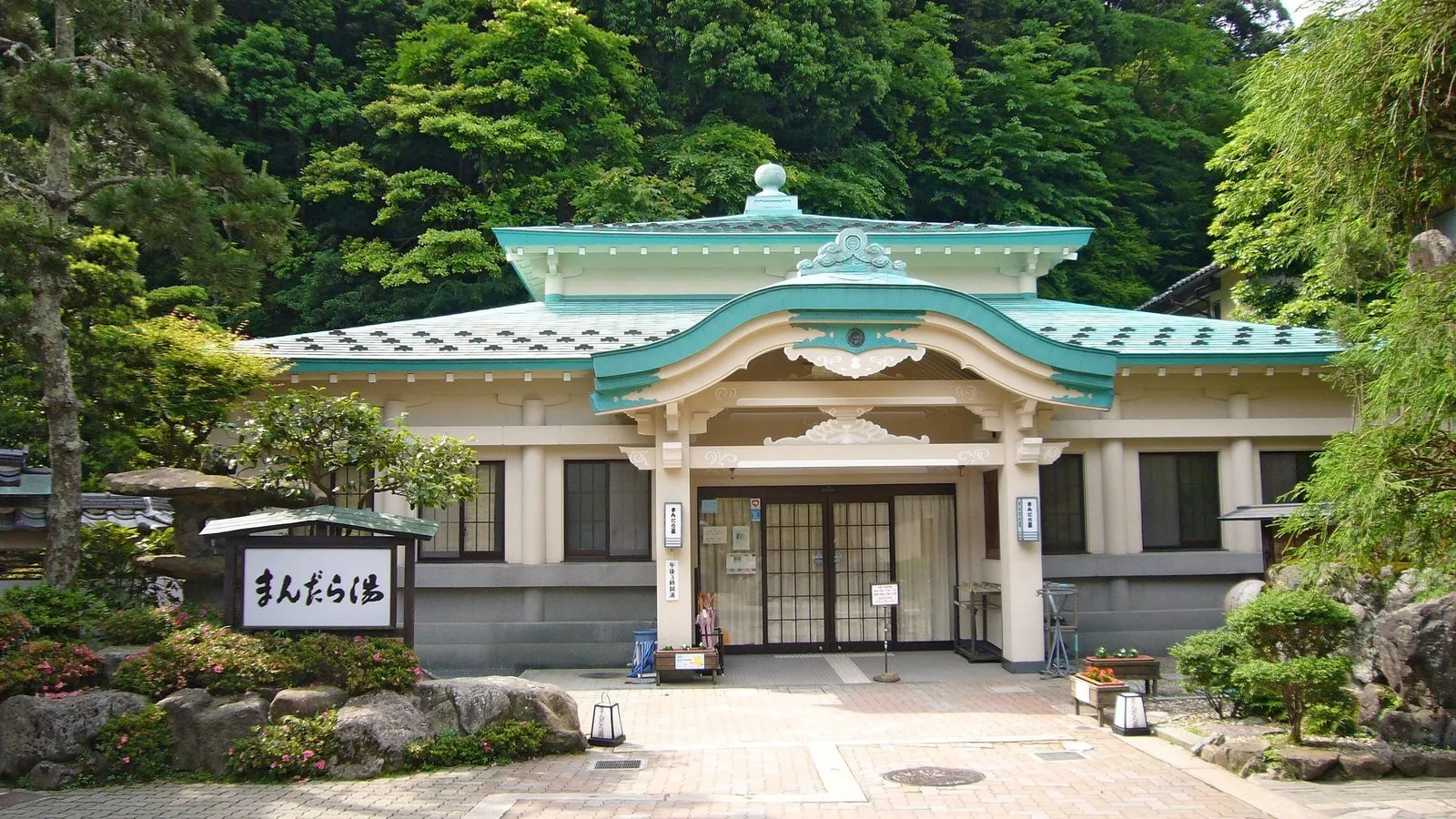

Mandara-yu / Kinosaki Onsen
Mandarayu is one of the seven representative hot springs of Kinosaki Onsen, and its history and background have deep cultural and religious significance. Mandara-yu is a facility closely connected to the history of the hot spring resort and local religious beliefs, and is particularly strongly influenced by the Shingon sect of Buddhism. Its name is derived from “mandala” in Buddhism. The mandala symbolizes the Buddhist view of the universe and the state of enlightenment, and the onsen is meant to serve as a place to purify and cleanse the body and soul. The history of Mandara-yu can be traced back to the Heian period. According to legend, the onsen was discovered in this area by the Nara period Buddhist priest Dochi Shonin. As he continued his ascetic practice to save sentient beings, he became aware of the miraculous power of the spring water and decided to utilize its power for the healing of people. This spring water was later developed as one of the sources of Kinosaki Onsen, and the Mandarayu has been especially important as a place associated with Buddhist purification ceremonies. In addition, nature worship and mountain beliefs have existed in the area where Mandarayu is located since ancient times, and these beliefs have been fused with the teachings of Shingon Esoteric Buddhism. Surrounded by mountains, Kinosaki was also a place for Shugendo ascetic practices, and the hot springs were an important place for ascetic monks to purify themselves. This historical background is the reason why the bathtubs at Mandara-yu were designed as sacred spaces. In the Edo period, Kinosaki Onsen became widely known to the general public, and its role as a “therapeutic bath” developed. As the culture of visiting seven hot springs emerged, Mandarayu became especially well known for its religious background and clean atmosphere, attracting many visitors. The use of hot springs not only healed the body, but also provided a place where people could find peace of mind. Today, Mandara-yu is loved by local residents and tourists alike for its respect for tradition while incorporating modern facilities. Its exterior and interior incorporate ancient mandala designs, offering tranquility and spiritual healing to visitors.